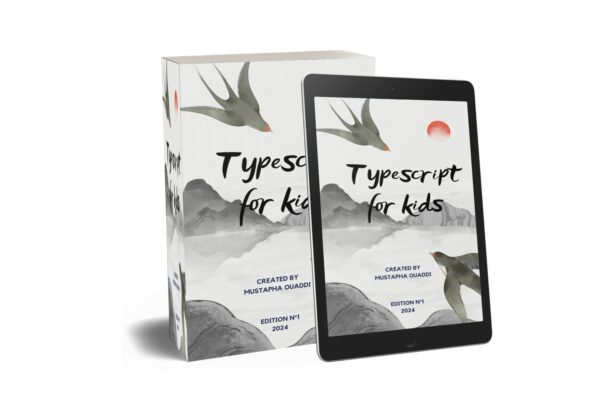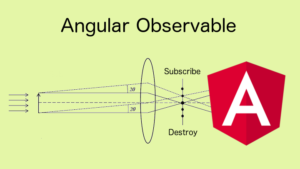JavaScript For Kids
“JavaScript Explorers: Fun and Easy Coding for Kids” is a vibrant and interactive ebook designed to introduce children to the exciting world of JavaScript programming. Through colorful illustrations, step-by-step instructions, and hands-on coding exercises, young learners will embark on a fun-filled journey to discover the fundamentals of JavaScript in a playful and engaging way. With…
Introduction:
Angular provides a powerful feature called directives, which allow developers to extend the HTML syntax with custom behavior. While Angular comes with built-in directives such as ngIf and ngFor, developers can also create their own custom directives to encapsulate reusable functionality and improve code maintainability. In this article, we’ll explore how to create custom directives in Angular and provide examples to demonstrate their usage.
- What are Directives in Angular?: Directives are markers on a DOM element that tell Angular to do something to that element or its children. There are three types of directives in Angular: components, structural directives, and attribute directives. Components are directives with a template, structural directives change the DOM layout by adding or removing elements, and attribute directives change the appearance or behavior of an element.
- Creating a Custom Attribute Directive: To create a custom attribute directive in Angular, we use the @Directive decorator to define the directive’s metadata and the @HostListener and @HostBinding decorators to listen to events and bind properties respectively.
Example:
import { Directive, ElementRef, HostListener, Input } from '@angular/core';
@Directive({
selector: '[appHighlight]'
})
export class HighlightDirective {
constructor(private el: ElementRef) { }
@Input('appHighlight') highlightColor: string;
@HostListener('mouseenter') onMouseEnter() {
this.highlight(this.highlightColor || 'yellow');
}
@HostListener('mouseleave') onMouseLeave() {
this.highlight(null);
}
private highlight(color: string) {
this.el.nativeElement.style.backgroundColor = color;
}
}
- Using the Custom Directive: To use the custom directive in an Angular component’s template, simply add the directive selector as an attribute on the HTML element.
Example:
<p appHighlight>Highlight me!</p>
- Creating a Custom Structural Directive: In addition to attribute directives, Angular also allows us to create custom structural directives. Structural directives are responsible for manipulating the DOM by adding or removing elements based on certain conditions.
Example:
import { Directive, Input, TemplateRef, ViewContainerRef } from '@angular/core';
@Directive({
selector: '[appUnless]'
})
export class UnlessDirective {
@Input() set appUnless(condition: boolean) {
if (!condition) {
this.vcRef.createEmbeddedView(this.templateRef);
} else {
this.vcRef.clear();
}
}
constructor(private templateRef: TemplateRef<any>, private vcRef: ViewContainerRef) { }
}
- Using the Custom Structural Directive: To use the custom structural directive in an Angular component’s template, we can use the * syntax along with the directive selector to conditionally render elements.
Example:
<div *appUnless="isError">No errors!</div>
Conclusion:
Creating custom directives in Angular allows developers to encapsulate reusable functionality and improve code maintainability by abstracting complex behavior into reusable components. Whether it’s adding custom styling or conditionally rendering elements, custom directives provide a powerful way to extend the functionality of Angular applications and enhance developer productivity. By understanding how to create and use custom directives effectively, developers can leverage the full power of Angular’s directive system to build more flexible and maintainable applications.
TypeScript For Kids
Join the adventure in “How to Code Cool Stuff: A Fun Guide to TypeScript for Kids”! This magical ebook introduces young adventurers to the exciting world of coding with TypeScript. Packed with easy-to-follow lessons, interactive examples, and fun challenges, it’s the perfect companion for young minds eager to explore the wonders of programming. Start your…







